2019-06-17 09:36
Port of Hamburg moves more cargo by rail and is well equipped for further growth
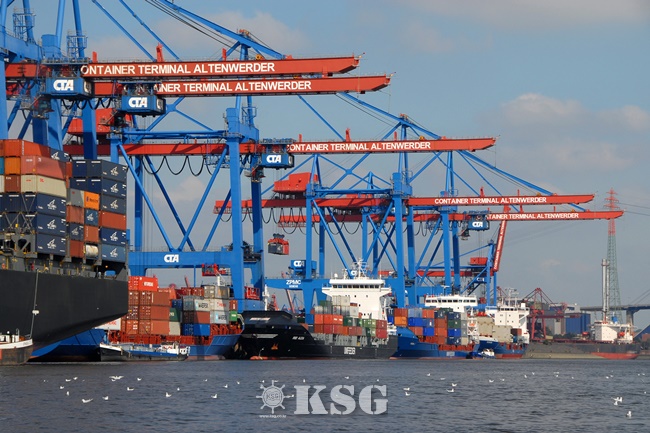
In Germany’s largest universal Port of Hamburg more than 135 million tons of seaborne cargo traffic are cleared annually. A major share of this freight reaches or leaves the port by rail. If you look at the shares of various modes of transport on the overland seaport-hinterland routes, then rail is in pole position in Hamburg with 48.2 percent, ahead of trucking with 41.4 percent and inland waterway with 10.2 percent.
In the first quarter of 2019, a total of 12.5 million tons of freight were transported by rail between the Port of Hamburg and destinations within Germany and Europe. This means an increase of 7.7 percent.
The growth in container traffic was markedly higher. Here, in the first quarter of 2019, a total of 690,000 TEU - twenty-foot standard containers were transported by rail. This is a substantial increase of 13.6 percent on the first quarter of 2018. This growth in transport by rail is mainly due to the four new Trans-Atlantic liner services connecting Hamburg with the USA, Canada and Mexico, and new container block-train services.
“The Port of Hamburg is Europe’s leading rail port. Against the backdrop of overloaded roads and the desire for the most environment-friendly freight transport possible, in the coming years, rail will gain in importance in seaport-hinterland transport. To be well prepared for growth in freight quantities, it is not enough for the ports alone to invest in developing and modernizing, as well as in digitalizing its infrastructure. Both the rail network and the inland handling terminals have to have both their performance and capacity upgraded for the additional freight volumes,” states Axel Mattern, Joint CEO of Port of Hamburg Marketing - HHM. In his opinion, only with the full cooperation of all players in the transport chain will achievement of better utilization of existing capacity be feasible.
< Korea Shipping Gazette >
많이 본 기사
- 송년특집 기획/ ‘홍해사태 매직’ 해운물류시장 깜짝호황 재연송년특집 / [2024년 10대 뉴스] 09 美 동안항만 47년 만에 파업…해운시...송년특집 / [2024년 10대 뉴스] 10 ‘글로벌 물류공룡 탄생’ 덴마크 D...부산·광양항 해양산업클러스터 입주업종 확대·인센티브 강화“1.4만TEU급 신조 컨선 도입으로 한국화주 선복지원 박차”송년특집 / [2024년 10대 뉴스] 07 ‘해운 3척·조선 4척’ 우리나라,...송년특집 / [2024년 10대 뉴스] 08 대한항공, 4년 만에 아시아나 인수...인사/ 팬오션페어허브물류, 품질·환경·안전 경영 국제표준 인증 획득롯데글로벌로지스, NS홈쇼핑과 ‘약속배송’ 협력
- 송년특집 / [2024년 10대 뉴스] 05 부산항, 완전자동화부두 시대 개막…...송년특집 / [2024년 10대 뉴스] 06 사상최초 해운 노사 단체협약…선원...부산항만공사, 노사 단체협약 체결…21년 연속 무분규 타결범주해운, 사회복지공동모금회에 기부금 기탁여수해양, '선박관리 전문가' 권오주 사장 영입송년특집 / [2024년 10대 뉴스] 03 매각 무산된 HMM, 프리미어얼라이언...송년특집 / [2024년 10대 뉴스] 01 홍해사태가 쏘아올린 호황…희망봉...송년특집 / [2024년 10대 뉴스] 04 “해운사 공동행위는 해운법 규율대...기고/ 민간투자 활성화를 위한 선박투자회사제도 개선 필요성해운조합, 두원상선 <이스턴드림>호 안전관리 우수선박 선정
스케줄 많이 검색한 항구







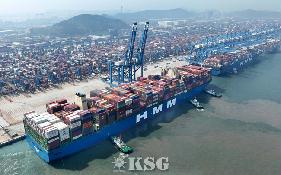







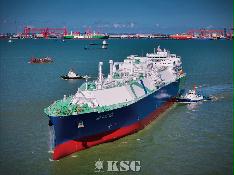
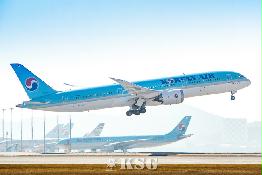


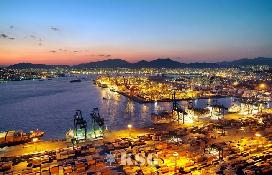

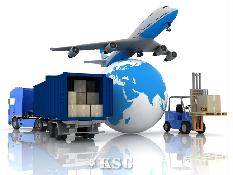


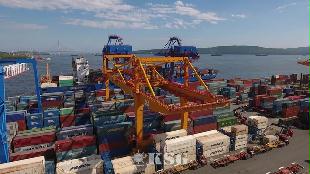
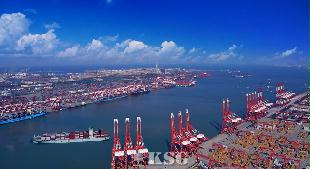
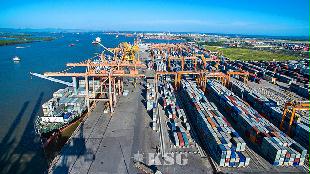
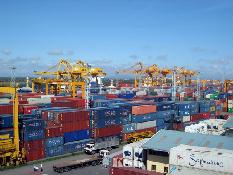






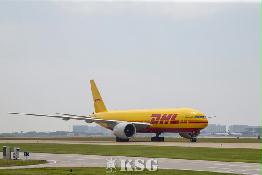
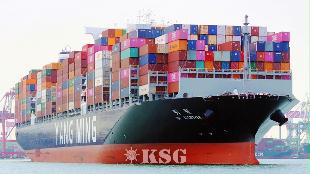
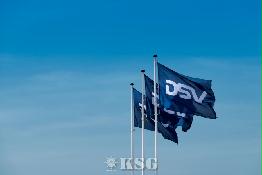
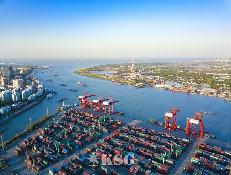






















0/250
확인